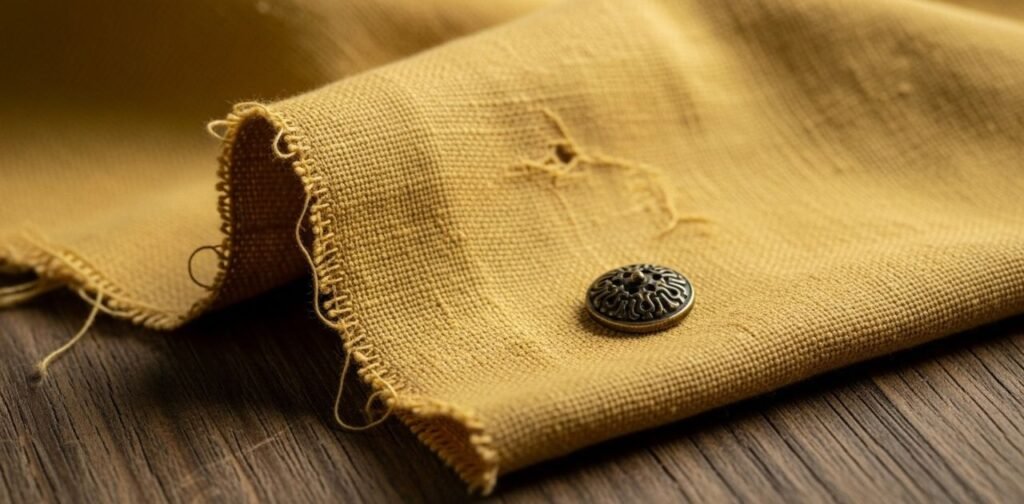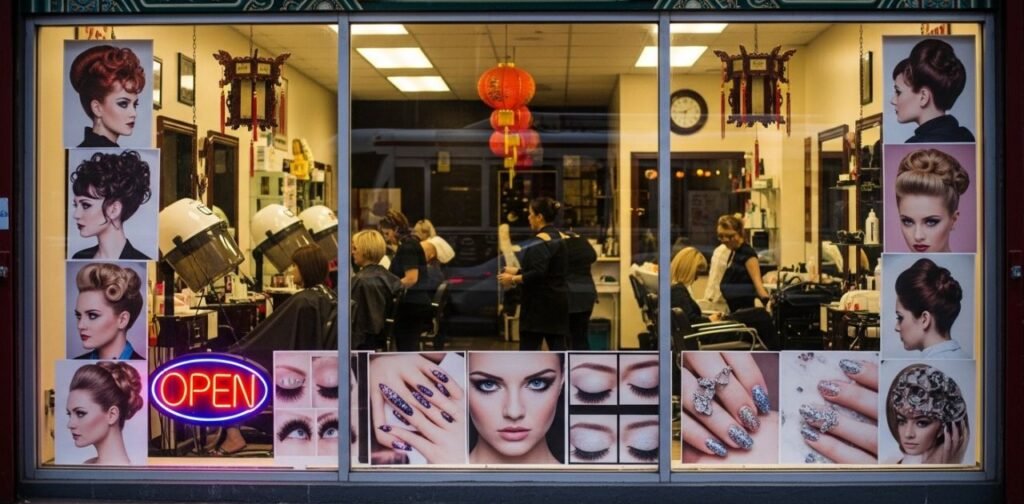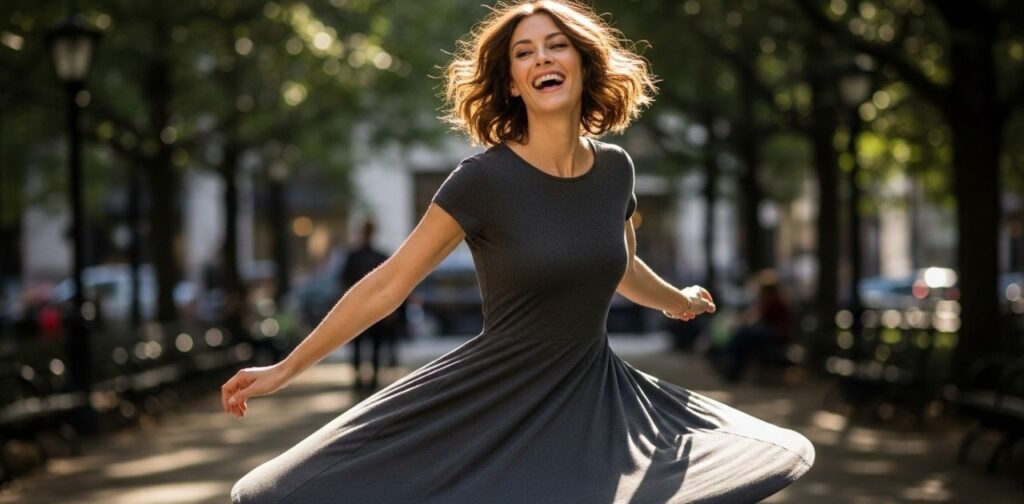Introduction to the beauty and nostalgia of yellow cloth
Step into the world of old-fashioned yellow cloth, where nostalgia dances with beauty. This timeless fabric has an enchanting quality that takes us back to simpler times. Its warm hue evokes memories of sunlit days and cherished moments. Whether it’s a well-worn quilt or a vintage dress, yellow cloth whispers stories of joy and comfort.
The charm lies not just in its color but in what it represents—a connection to our past and the traditions that shape us. As we explore its history, cultural significance, and various uses through time, you’ll find opportunities to embrace this delightful shade in your own life. Let’s embark on this nostalgic journey together!
The history and origins of yellow cloth
Yellow cloth has a rich and vibrant history that dates back thousands of years. Ancient civilizations, such as the Egyptians and Chinese, prized yellow dyes made from natural sources like saffron and turmeric. These bright shades were associated with wealth and status.
In medieval Europe, yellow became symbolic of divine light in religious art. It adorned robes worn by saints, highlighting its spiritual significance. The color’s association with warmth also made it popular for everyday wear among peasants during sunny months.
However, not all associations were positive. In some cultures, yellow was linked to treachery or cowardice. Yet despite these mixed connotations, the enduring appeal of yellow cloth persists through time.
As societies evolved, so did the techniques for producing this cheerful hue. From handwoven fabrics to modern synthetic dyes, each era contributed its unique touch to this timeless textile treasure.
Cultural significance and symbolism of the color yellow
Yellow, often associated with sunshine and joy, holds a special place in various cultures. Its brightness symbolizes happiness and optimism. In many Asian cultures, yellow is revered as a sacred color representing power and royalty.
In ancient Egypt, it was linked to the sun god Ra, embodying eternal life. Meanwhile, in Western societies, yellow evokes warmth and cheerfulness but can also signify caution or cowardice.
Art movements have embraced this vibrant hue too. Impressionists used yellow to capture light’s fleeting beauty. Today’s fashion designers incorporate it for its ability to uplift moods.
Interestingly, different shades of yellow carry unique meanings across cultures—golden hues may symbolize wealth while softer pastels evoke tranquility. This versatility makes yellow an enduring favorite among artists and storytellers alike.
The various uses of yellow cloth in different cultures and time periods
Yellow cloth has woven itself into the fabric of various cultures across time. In ancient Egypt, yellow linen symbolized gold and was often worn by pharaohs for its regal connotations.
In India, vibrant yellow saris are traditionally donned during festivals and weddings. The color signifies prosperity and joy, making it a popular choice for celebrations.
During the Renaissance in Europe, yellow fabrics adorned nobility’s attire. It represented wealth and sophistication, while also being used in artwork to evoke warmth and happiness.
In some African cultures, yellow is associated with harvest and fertility. Brightly colored kente cloth showcases this hue prominently during ceremonies that celebrate life transitions.
Today, artists use yellow cloth as a canvas for expression. From fashion runways to home décor accents, this timeless color continues to inspire creativity in diverse ways around the globe.
Modern adaptations and innovations with yellow cloth
Yellow cloth has found its way into contemporary design in exciting ways. Designers are reimagining this classic fabric through innovative patterns and textures that breathe new life into traditional styles.
In fashion, yellow is being embraced for statement pieces—think vibrant jackets or flowing dresses. Sustainable brands often use organic cotton dyed with natural pigments, celebrating both eco-friendliness and nostalgia.
Home decor showcases a similar trend. Yellow cloth curtains brighten living spaces while vintage-inspired cushions offer a touch of elegance. Quilters incorporate retro patterns alongside modern aesthetics to create eye-catching throws.
Even in art, artists are using yellow as a focal point, layering it within mixed media works that evoke warmth and joy. This adaptation reflects an enduring love for the color and its ability to inspire creativity across various platforms.
Personal stories and memories associated with yellow cloth
Yellow cloth often carries whispers of cherished memories. I remember my grandmother’s sunny kitchen, always filled with the aroma of freshly baked bread. The yellow gingham curtains danced in the breeze, framing warmth and love.
As a child, I wore a bright yellow sundress during summer picnics. It billowed around me as I twirled on the grass, laughter mingling with sunlight. That dress was more than fabric; it was freedom and joy.
Friends share stories of old quilts passed down through generations. Each stitch tells tales of family gatherings and quiet evenings by candlelight. The vibrant hues remind us of simpler times when moments were savored.
For many, yellow cloth represents comfort—a favorite blanket or pillowcase that holds countless dreams and secrets whispered at night under starlit skies. These remnants become treasures steeped in nostalgia, connecting us to those we hold dear.
How to incorporate yellow cloth into your home decor or fashion choices
Bringing yellow cloth into your home decor can instantly brighten any space. Consider using vibrant yellow curtains to filter sunlight, creating a warm and inviting atmosphere. A simple throw pillow in soft yellow hues can add a pop of color to neutral furniture.
In the realm of fashion, think about accessorizing with a lovely yellow scarf. It pairs beautifully with denim or even classic black outfits. For those daring enough, a full-length yellow dress or skirt can become the statement piece of your wardrobe.
Table settings also benefit from yellow elements. Use cheerful table runners or napkins for gatherings that feel both festive and cozy.
Don’t shy away from mixing textures; combine linen and velvet yellows for an intriguing visual appeal at home or in your closet. Embrace this sunny shade wherever you go!
Conclusion: Embracing the timeless charm of old-fashioned yellow cloth in a fast
Old-fashioned yellow cloth carries with it a sense of nostalgia and warmth that resonates deeply in our hearts. It reminds us of family gatherings, sunlit days, and the simple joys of life. This vibrant hue has woven its way through history, bringing people together across various cultures.
As we explore modern adaptations, it’s clear that yellow cloth remains relevant today. Designers and artists are finding innovative ways to blend this timeless fabric into contemporary settings. Whether it’s a vintage-inspired dress or cozy throw pillows on your couch, yellow can brighten up any space.
Personal stories often emerge when discussing memories tied to yellow cloth—be it a grandmother’s quilt or curtains from childhood homes. Such artifacts hold emotional value beyond their physical presence.
Incorporating yellow cloth into your decor is easy too. A bold statement piece here or subtle accents there can infuse cheerfulness into your surroundings.
Embracing old-fashioned yellow cloth means celebrating simplicity amid our fast-paced lives. It invites us to slow down, appreciate craftsmanship, and connect with the past while infusing vibrancy into our present moments.



